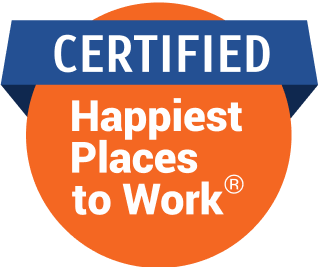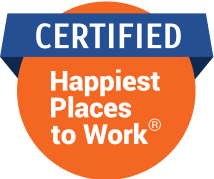Vemuri helped create a shared component library at Intertrust Technologies that made accessibility a default part of the design process.

Venkata Padma Kumar Vemuri
The field of web development has gained significance over the past few years and is now an essential part of everyday life. With the growth of technology, it’s important to ensure that it works for everyone, including people with disabilities. By designing web applications that are accessible, we ensure that all users, regardless of their abilities can benefit from the digital world.
One professional who has been instrumental in this effort is Venkata Padma Kumar Vemuri. With extensive experience at major companies like Oracle, Amazon Web Services (AWS) and Autodesk, Vemuri has worked on projects that make web tools easier for everyone to use, especially people with disabilities. He has focused on demonstrating how accessibility can be a natural part of the design process, improving both the quality of applications and the user experience.
At AWS, he was involved in projects like CloudWatch Live Tail, a real-time log viewing tool. His team ensured that the tool worked well and was easy for everyone to use, including people who rely on assistive technologies. They followed accessibility guidelines (WCAG 2.0 AA) to ensure features like filtering and real-time updates were available to all users. By making these tools more accessible, the organization created a better experience for a wide range of professionals.
He also played a pivotal role in the development of Custom Data Identifiers (CDIs), which help organizations locate and protect sensitive data. Recognizing that users came from a variety of technical backgrounds, Vemuri worked to simplify the configuration process, ensuring that both novices and seasoned professionals could navigate the tool effortlessly.
On the SageMaker Canvas (AWS) project, Vemuri extended his commitment to inclusivity into the machine learning space. By abstracting technical complexity, he and his team enabled business analysts to harness the power of AI without writing a single line of code-opening doors for non-technical users to engage with advanced technology.
Additionally, during his tenure with Autodesk, he focused on building accessible systems for managing data and visualizing information. He helped create charts and data tools that could be used by people who rely on screen readers or who navigate websites using only a keyboard.
For Vemuri, accessibility is deeply personal. “A close family member lives with hearing challenges, and seeing their daily experiences has given me a lasting sense of empathy for people who interact with technology differently,” he says. “Accessibility isn’t just about compliance-it’s about dignity, independence, and ensuring no one is left behind. That perspective shapes everything I do.”
However, he also acknowledges the challenges in this pathway. “The biggest hurdle is cultural,” he explains. “While most teams acknowledge the importance of accessibility, it’s rarely integrated early enough or consistently. It’s often delegated to a few specialists, which leads to missed opportunities and fragmented execution.”
To solve this, Vemuri helped create a shared component library at Intertrust Technologies that made accessibility a default part of the design process. By using this library, developers didn’t have to worry about making each element accessible-they could trust that it was already done for them.
Looking forward, industry experts are optimistic about the future of accessibility. With the rise of AI, time-consuming tasks can now be automated or supported by intelligent tools. While these tools won’t replace the need for thoughtful design, they will make it easier and faster for developers to meet accessibility standards.
Vemuri believes accessibility should be a shared responsibility. “From designers and developers to QA testers and product managers-everyone has a role. When accessibility becomes part of the team’s DNA, it’s no longer a checkbox. It’s a culture,” he explained.
 Subscribe today by clicking the link and stay updated with the latest news!" Click here!
Subscribe today by clicking the link and stay updated with the latest news!" Click here!






